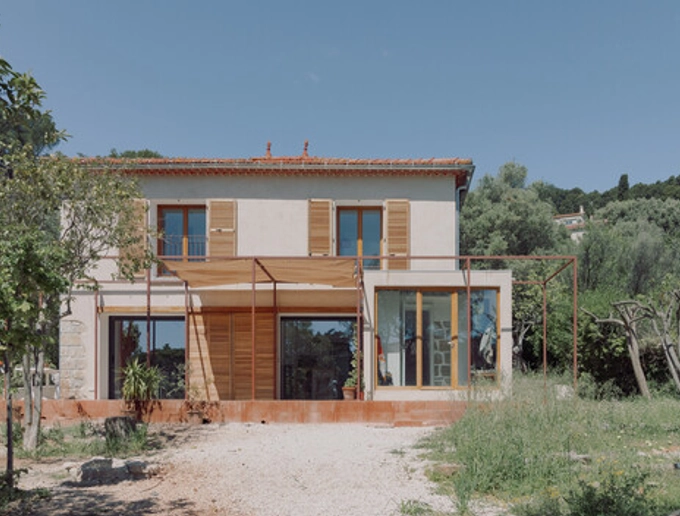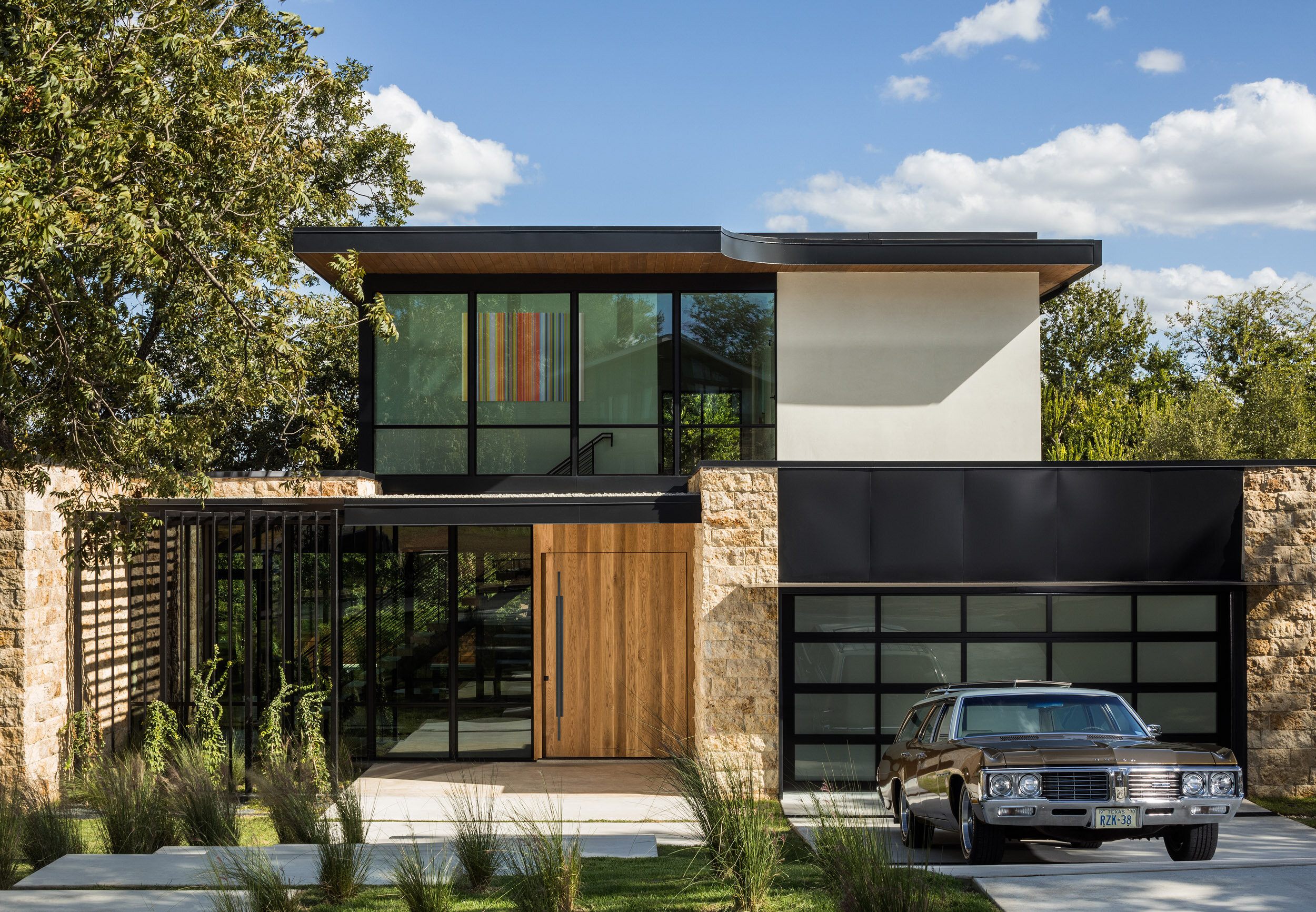Residential House Architect: Creating Unique Homes with Attention to Detail
Residential House Architect: Creating Unique Homes with Attention to Detail
Blog Article
Leading Patterns in Residential Architecture You Ought To Know Concerning
As property style proceeds to advance, a number of compelling trends are shaping the method we design and inhabit our living spaces. Key growths such as lasting structure practices, the integration of clever home modern technology, and the surge of modular homes highlight a significant shift towards both performance and ecological responsibility.
Lasting Structure Practices
An increasing variety of domestic projects are accepting sustainable building methods, driven by a growing understanding of ecological impact and energy efficiency. This shift is identified by the integration of environmentally friendly products, energy-efficient designs, and ingenious building methods. Building contractors and homeowners are progressively focusing on making use of eco-friendly sources, such as bamboo and recycled steels, which not only decrease the carbon impact but also improve the durability and visual charm of properties.
Including energy-efficient systems is another essential element of lasting structure - residential house architect. Functions such as high-performance insulation, energy-efficient home windows, and solar panels are becoming requirement in new residential designs. These aspects not only add to reduced power intake yet likewise provide substantial long-term cost savings for homeowners
In addition, the format of lasting homes typically emphasizes natural light and air flow, lowering the reliance on synthetic illumination and environment control systems. Landscaping practices, such as xeriscaping, more advertise sustainability by reducing water use.
As the demand for lasting living services remains to increase, the household design market is positioned to adapt and introduce, ensuring that future homes are not just environmentally accountable however practical and additionally comfy for their residents. - residential house architect
Smart Home Modern Technology
Smart home technology is changing the method house owners connect with their space, improving benefit, protection, and power management. This ingenious method integrates different devices and systems, enabling users to manage their homes remotely or through automated processes. Central to this trend is using smart devices such as thermostats, lighting, security cameras, and appliances, all connected via the Net of Points (IoT)
Among the most appealing features of smart home technology is the capacity to personalize settings for optimal energy performance. Property owners can keep track of energy use and adjust heating, lights, and air conditioning based on their regimens, dramatically lowering energy expenses. Sophisticated safety systems equipped with clever locks and surveillance electronic cameras provide tranquility of mind, allowing remote monitoring and informs to possible protection breaches.
Assimilation with voice-activated aides boosts individual experience, allowing house owners to regulate devices with basic voice commands. As innovation remains to develop, the possibility for wise home systems to improve lifestyle expands, making them a vital factor to consider in modern domestic architecture. Eventually, clever home technology is not simply a pattern yet a fundamental shift toward much more smart living settings.
Open Concept Living
Open up idea living has actually arised as a specifying function in contemporary domestic style, identified by the elimination of conventional barriers in between rooms. This layout philosophy advertises fluidness and connection within the home, allowing for a seamless check it out change between areas such as the kitchen, dining, and living rooms. By removing wall surfaces and dividings, open concept layouts create a sense of spaciousness, fostering an inviting environment that improves social communication.

Furthermore, this approach to residential design lines up with minimalism, focusing on practical simplicity and visual comprehensibility. Homeowners value the versatility of these formats, which can be easily adapted to mirror personal design via furniture setup and decoration. As open concept living continues to obtain traction, it remains a testimony to developing family members dynamics and the wish for homes that boost link and comfort.
Biophilic Style
Biophilic layout has ended up being progressively significant in property style, emphasizing the innate link between people and nature. This layout philosophy seeks to integrate natural components into living spaces, consequently promoting a sense of well-being and enhancing the high quality of life for owners. By incorporating attributes such as natural light, plants, and natural products, biophilic layout advertises a harmonious partnership between indoor atmospheres and the environment.
Crucial element of biophilic layout consist of big home windows that supply unblocked sights of outside landscapes, living wall surfaces that introduce plant right into insides, and open flooring strategies that urge airflow and all-natural light penetration. Water functions, both inside and outside the home, serve to develop relaxing environments and enhance sensory experiences.
Additionally, making use of sustainable products not just sustains environmental stewardship however also adds to healthier indoor air quality. As recognition of ecological issues boosts, property owners are increasingly prioritizing layouts that mirror their link to nature. In essence, biophilic layout not just raises aesthetic charm yet likewise addresses psychological and mental needs, making it an important pattern in contemporary residential style.
Modular and Prefab Homes

Furthermore, modular and prefab homes are created with sustainability in mind. Lots of suppliers make use of energy-efficient systems and environment-friendly materials, such as solar panels and advanced insulation techniques, contributing to lowered power intake and reduced utility expenses for property owners. The adaptability of design options permits customization, dealing with varied useful needs and aesthetic preferences.
As the demand for inexpensive real estate remains to rise, prefab and modular homes provide a practical service, addressing both economic and ecological difficulties. Communities are significantly acknowledging the potential of these frameworks, incorporating them right into city and rural settings. On the whole, the pattern towards prefab and modular homes represents a change towards much more lasting, effective, and adaptable living environments, making them a crucial element of contemporary household design.
Verdict
Sustainable building practices and wise home modern technologies boost performance and ease, while open concept living and biophilic design foster social interaction and a link to nature. The increase of modular and prefab homes provides adjustable and cost effective remedies, mirroring a more comprehensive change towards functional and responsible living.
Trick growths such as lasting structure techniques, the combination of smart home technology, and the rise of modular homes emphasize a substantial change towards both performance and ecological duty.The increase of modular and prefab homes has changed the property design landscape, providing cutting-edge services for efficient and lasting living.Additionally, modular and prefab homes are designed with sustainability in mind. Overall, the fad toward modular and prefab homes indicates a change toward extra sustainable, efficient, and versatile living atmospheres, making them a pivotal facet of contemporary residential style.
Sustainable structure methods and smart home modern technologies enhance efficiency and convenience, while open idea living and biophilic design foster social communication and a connection to nature.
Report this page